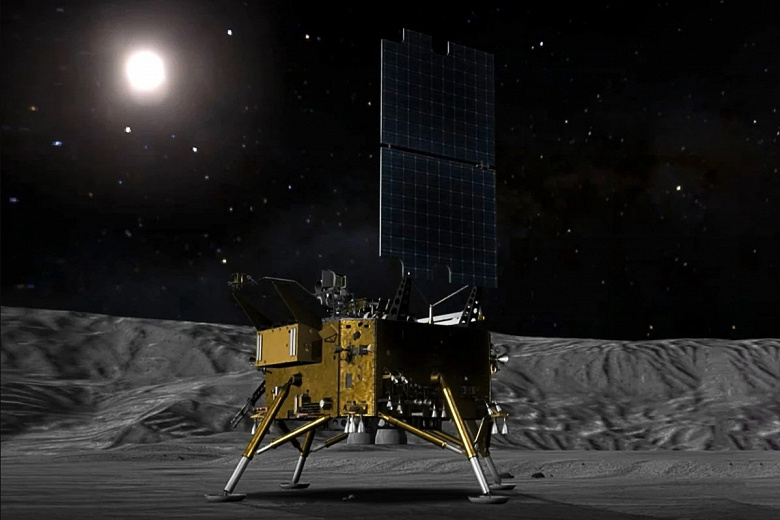This will be CNSA's last robotic mission before building a lunar research station
The China National Space Administration (CNSA) has called on international and industry partners to provide scientific payload for the Chang'e-8 lunar lander, scheduled to launch to the Moon in 2028. The rover and service robot will be China's first attempt at exploiting resources on the Moon, using lunar regolith to produce brick-like building materials.
Like NASA's Artemis plans, CNSA's lunar plans target the moon's south pole, which is expected to be rich in useful resources, especially water. The availability of these resources will be vital to long-term human activities on the lunar surface.
According to the presentation of the chief deputy designer of «Chang'e-8» in October 2023, possible landing sites « Chang'e-8» include Leibniz Beta, Amundsen Crater, Cabeus Crater, and the ridge connecting Shackleton and de Gerlache craters.
«Chang'e-8» will be the last CNSA robotic mission to launch before construction begins on the International Lunar Research Station, a Chinese crewed lunar base planned in collaboration with Russia's Roscosmos. This makes Chang'e-8's attempt to create building materials from regolith a vital proof of concept for their lunar aspirations.
To make lunar bricks, the lander will be equipped with a device that uses solar energy to melt lunar soil and turn it into usable parts at a rate of 40 cubic centimeters per hour.
In addition to equipment for processing regolith, the lander will be equipped with scientific instruments: cameras, a seismometer for detecting moonquakes and an X-ray telescope. Part of the mission will focus on observing the Earth from the Moon using several instruments designed to monitor the Earth's atmosphere and magnetosphere.
The rover will also be equipped with ground penetrating radar, a mineral analyzer, and instruments for collecting and storing samples (leaving open the possibility of future missions to retrieve samples).
This robot — a key part of the mission, but CNSA is not developing it itself. Instead, the space agency is seeking proposals from partners interested in developing it as a payload to be carried along with the rest of Chang'e-8.
According to the call for proposals, the 100-kilogram, self-powered robot will need to be able to «grab, carry and place objects and lunar soil». He will also need to be able to move at a speed of 400 meters per hour.
In addition to the robot, the mission has room for an additional 100kg of payload, full proposals for which are expected to be presented later this year.
Although planning «Chang'e-8» continues, CNSA is planning two more robotic lunar missions in the near future. The first, Chang'e-6, will be launched this spring and aims to deliver a sample of regolith from the far side of the Moon. The next mission is planned for 2026, in which «Chang'e-7» will conduct a geological study of the permanently shadowed craters scattered around the south pole of the Moon.

